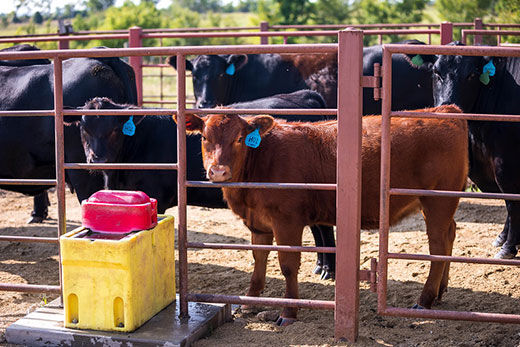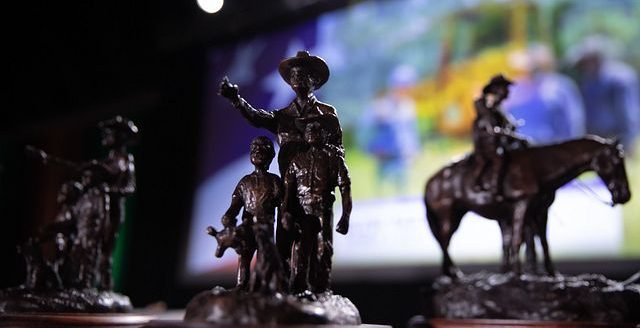Recent rains and rising temperatures have led to a need for cattle producers to clean feeding areas, says K-State livestock specialist Joel DeRouchey.
Among the chores, DeRouchey suggests:
-
Pull manure out of areas where it has accumulated.
-
Make sure drainage areas are clear.
-
Remove manure from the pens and consider using it as a fertilizer source.
-
Repack and rebuild mounds, if utilized.
DeRouchey said cleaning pens after the winter and spring months is important even during the busy summertime, especially if the area is used for continuous feeding.
“Once we get some dryness in the pens, we want to pull the extra manure, and get drainage back to where it needs to go to help dry those pens out faster,” DeRouchey said. “All of a sudden, the pens are super muddy, and we want to get in and clean. One of the problems with that is we often take a lot of soil.”
Listen to an interview by Samantha Bennett with Joel DeRouchey on the weekday radio program, Agriculture Today
Trying to clean before the pens are dry can lead to pulling soil that will eventually have to be replaced by more soil. DeRouchey said producers can reduce labor and expense by waiting until the pens are dry.
“It’s very important to get that manure removed, especially in those operations that are feeding cattle, because of fly production,” DeRouchey said.
Flies like moist areas and organic matter – and manure and rain provide a great environment for larva to grow. If pens are not cleaned in a timely matter, the production of flies will increase and have a negative effect on the cattle.
“The same principle applies in areas where we have additional manure and feed that was wasted or simply not consumed by the animals,” DeRouchey said. “Those areas will provide perfect breeding grounds for fly production and anything we can do to scrape and mound it has a significant impact in producing less flies.”
DeRouchey’s full discussion on this topic is available on the weekday radio program, Agriculture Today.



